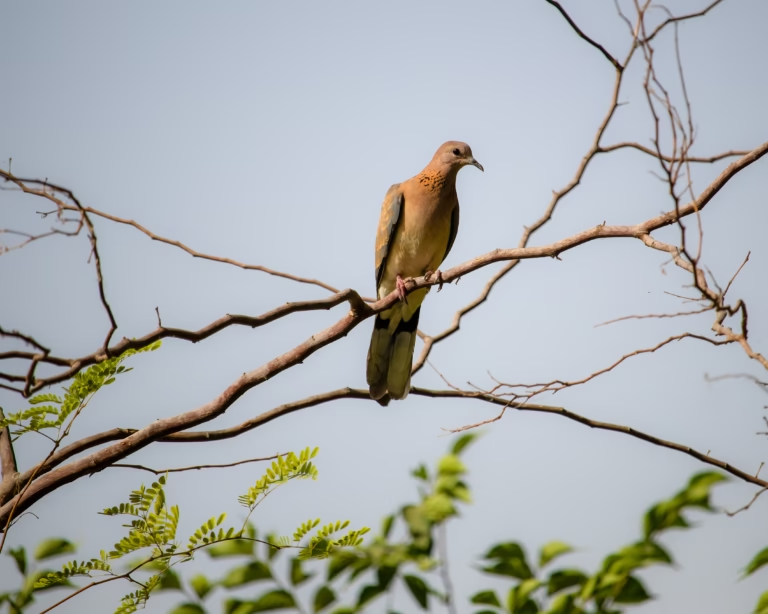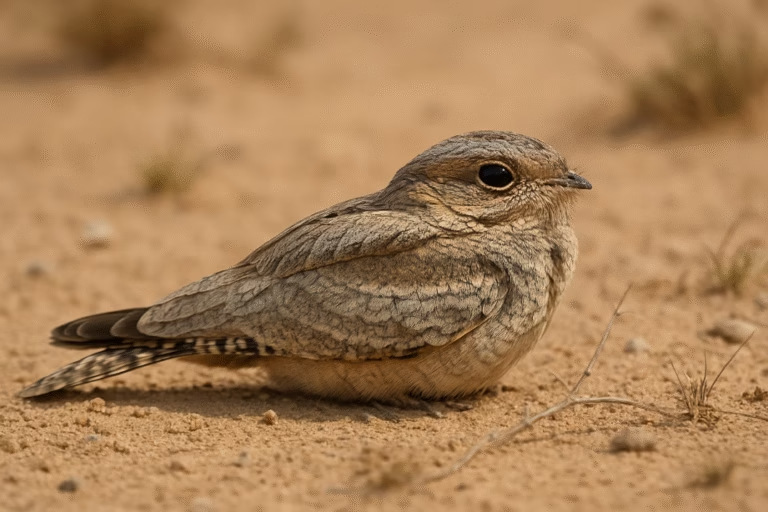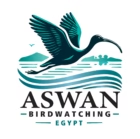Upper Egypt, with its long Nile heritage and deep-rooted traditions, has always looked to birds as symbols, messengers, and storytellers of the unseen. From ancient Egyptian mythology to modern village tales, birds are woven into the cultural fabric of the south. They inspire respect, fear, joy, and sometimes caution. Below are some of the most enduring legends and beliefs about birds in Upper Egypt.

The Hoopoe: Messenger of Secrets
The Hoopoe, in Arabic: (Hudhud), is revered across Upper Egypt as a bird of wisdom and hidden knowledge. People say it can see what lies beneath the earth and bring messages from faraway lands. This belief echoes its role in Islamic tradition, where it appears in the story of King Solomon. In villages along the Nile, spotting a hoopoe near one’s home is still thought to be a good omen, especially if it calls at dawn.

The Owl: Harbinger of Misfortune
The Owl, in Arabic:(Booma), carries a darker reputation. In many rural communities of Upper Egypt, the owl’s call is linked with bad luck or impending death. Its nocturnal habits and eerie cry made people associate it with the world of spirits. Even today, some elders avoid mentioning the owl directly, preferring euphemisms to ward off its ill omens.

The Dove: Emblem of Peace and Love
The Dove, in Arabic: (Hamam), holds a gentle, sacred place in Upper Egyptian culture. Doves are associated with purity, family love, and divine protection. Releasing doves during weddings or festivals is still practiced in some towns, symbolizing peace and harmony. Their cooing is often heard as a comforting sound, especially in quiet courtyards shaded by palm trees.

The Raven: A Symbol of Loss
The Raven, in Arabic:(Ghorab), often appears in Upper Egyptian proverbs and songs as a bird tied to sorrow, betrayal, or separation. Its harsh caw and black plumage made it a symbol of mourning. A common saying goes: “Ya ma gab el-ghorab le’ummoh” (How often the raven brought nothing good to its mother), expressing disappointment or misfortune. Yet the raven is also admired for its cleverness and persistence, reflecting a complex mix of fear and respect.

The Swallow: Sign of Renewal
Every spring, Swallow (Khattaf) returns to Upper Egypt, nesting in mud-brick walls or under house eaves. Villagers see its arrival as a joyful sign that the seasons are changing and the land will bloom again. Swallows are never harmed; instead, people welcome them as protectors of the household, believing they bring blessings to families.

The Nightjar: Spirit of the Desert
Known locally as the “Salwa”, the Nightjar is a mysterious bird of the desert. Its ghostly, fluttering flight and haunting calls at dusk gave rise to legends linking it with wandering spirits. Some say its call warns travelers of dangers ahead; others believe it protects lonely wanderers in the barren stretches between villages.

Ancient Echoes, Living Beliefs
Many of these bird legends trace their roots back to ancient Egyptian symbolism. The ibis was sacred to Thoth, the falcon represented Horus, and the kite was associated with mourning goddesses like Isis and Nephthys. In Upper Egypt, these ancient associations quietly survived, blending with Islamic tradition, folk wisdom, and everyday village life.

Pingback: 7 Fictional Movies That Feature Birding